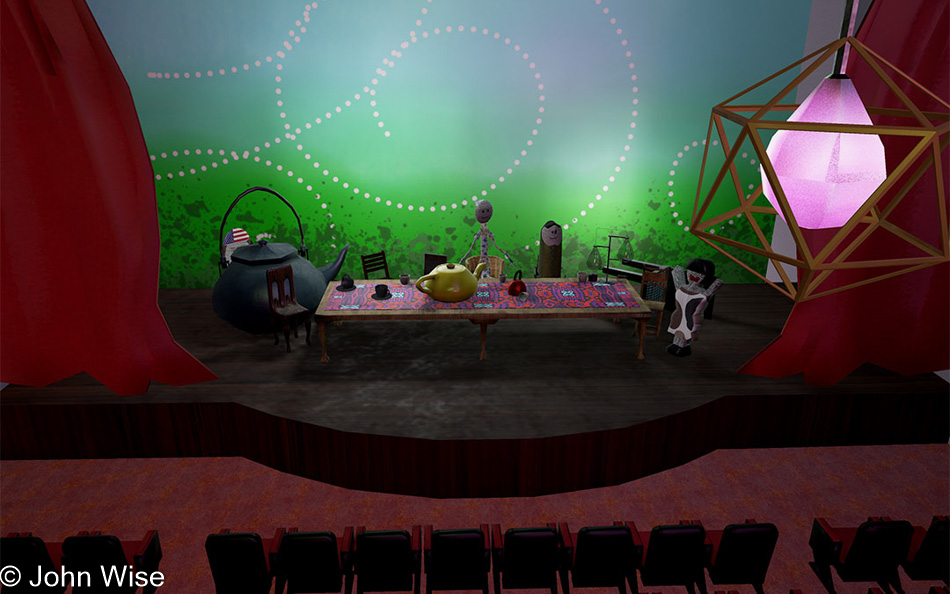
Where do the impulses that guide our decisions to do something extraordinary come from? How do motivation and drive find and guide us for the “doing of a thing?”
I’d venture to say that there are two common ways of leading one’s life: resignation or bitterness. And then there’s the rarer third way: meeting it with exuberance and delight.
In a sense, I’m describing the conscious and subconscious minds that lead us to the Pollyanna principle. This principle states that at the subconscious level, we tend to focus on the optimistic, while on the conscious level, we have a tendency to focus on the negative.
Most people I’ve met are certainly caught up in their conscious minds, while a small group, a very small group, has figured out a way of bringing their subconscious minds forward, allowing themselves to revel in the amazing. Nobody who is mired in frustration chooses to be unhappy, though. Unless they truly enjoy a traumatic struggle to find happiness.
In America, we tend to focus more on the external qualities of life than the internal. Hence, our lives, to a large extent, are a manifestation of the lifestyle we are able to put on display. We are a composite of our belongings, clothes, brands, pop culture, and devices.
What we are not is the sum of our intellectual longings or imaginative observations. We are effectively forced to kill that playful part of us while still in our teens as society asks us to be serious and accept the pain of existence.
Yet, we are the ones who make existence difficult. We allow the perpetuation of turning play into toil; we do it by telling the young person they must turn away from fun and games and start to reconcile that they will now focus on work. Homework, classwork, yard work, chores – these are a kind of punishment, a penance for existing. It is behavioral conditioning that follows us through our lives. Think about it: how we describe “Rolling up our sleeves and facing the hard work ahead” as though we may not return or at least we may suffer for our efforts.
Learning, playing, creating, and experiencing that offer delight should be our daily reward for breathing. The archaic conditioning of outmoded industrial structural dominance that has governed us needs to be cast off. We must start to bring the subconscious mind forward and return to play.
The constant complaining, maligning, verbal, and visceral recognition of what is wrong with the world does nothing but enforce the bitterness within ourselves and those around us. The silent resignation and acceptance of a bad situation is not a solution either. By either accepting the status quo or constantly complaining about everything, we are the ones who are filling our sandbox with cat turds of our own making.
We have to re-employ our intellect and see that we intuitively know the social, environmental, societal, and geopolitical problems that exist and then do something about them. We are a species of thinkers. We use words and other symbols to alter our world and build new visions. The writing is on the wall right in front of us; we must be willing to do the thing, to do something, something positive.
And so it is that one person shares a vision of doing something while having more than a dozen people contribute by lending their creative talents to the endeavor. I also offer my gratitude to those who have offered their money to help realize the dream of someone who is trying to help us take one more small positive step forward.





